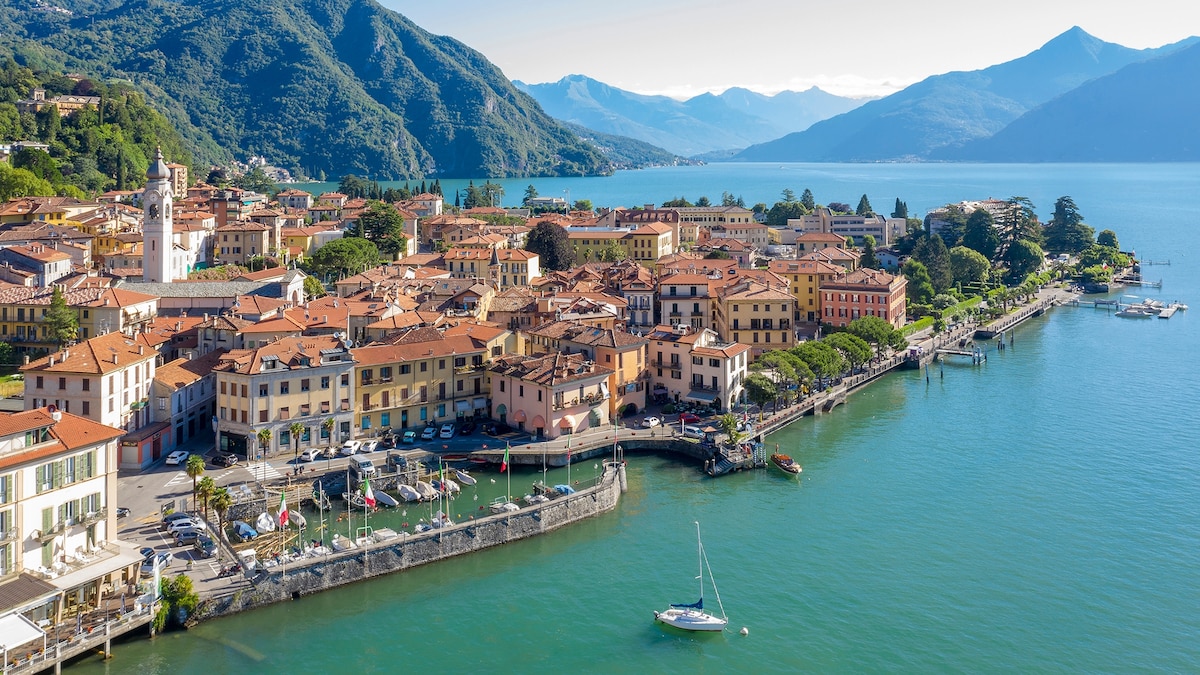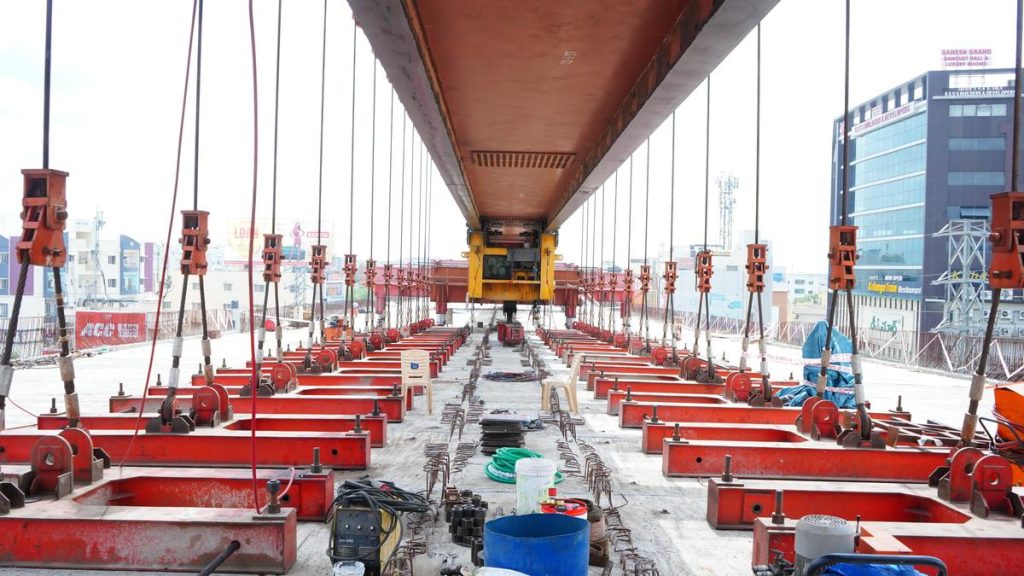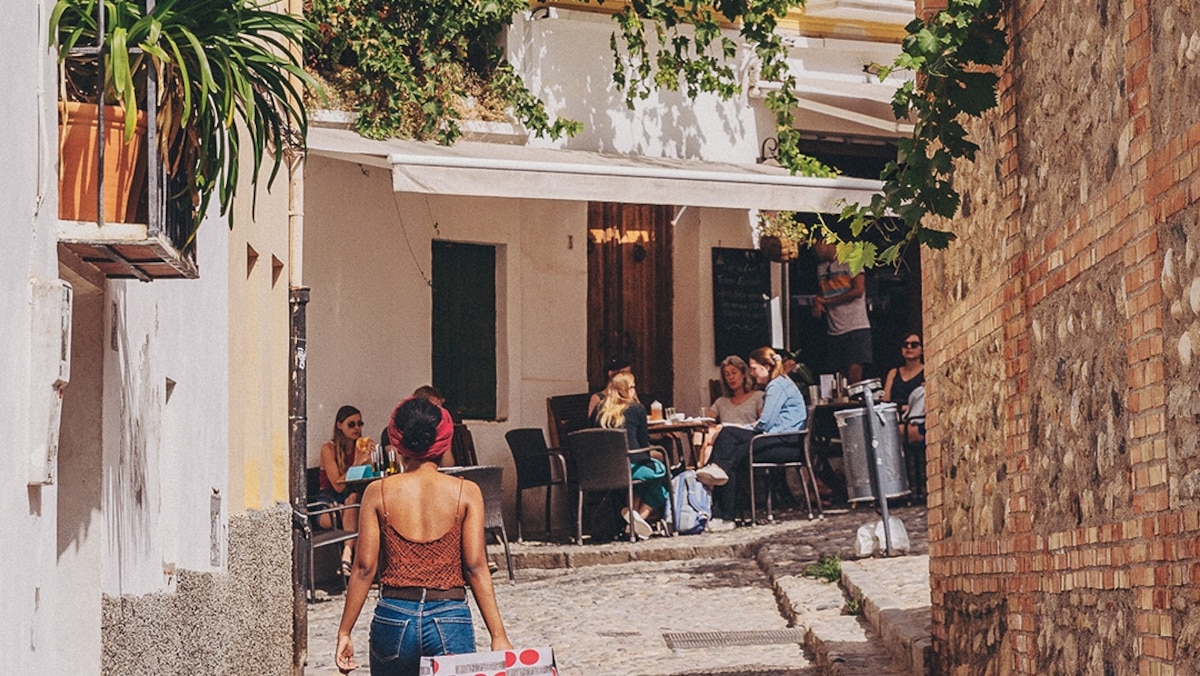Now Reading: Hidden Gems: Undiscovered Towns on Lake Como and the Italian Riviera
-
01
Hidden Gems: Undiscovered Towns on Lake Como and the Italian Riviera
Hidden Gems: Undiscovered Towns on Lake Como and the Italian Riviera

quick Summary:
- Rapallo:
– Located on the Ligurian Coast, Rapallo is a cultural hub with Art Nouveau landmarks such as Chiosco della Musica.
– Attractions include the Castello di Rapallo, Basilica of Saints Gervasio and Protasio, Museo del Merletto (Lace Museum), NUAR Gallery for art exhibitions, and culinary tours featuring Ligurian specialties like focaccia al formaggio.
– Ferry services connect Rapallo to Portofino, Santa Margherita Ligure, Cinque Terre, among others.
- Varenna:
– Situated on Lake Como’s eastern shore; known for romantic appeal with botanical gardens at Villa Cipressi and Villa Monastero.
– Hosts hundreds of weddings annually; scenic views available at Castello di Vezio’s terrace.
– Key attractions include Festa della Regina (late July celebration), Scanagatta Ornithological Museum, and notable old town sights such as Church of San Giorgio.
- menaggio:
– Found on Lake Como’s western shore; offers laid-back luxury compared to higher-profile resorts nearby.
– Prominent attractions include Piazza Garibaldi historic walk to medieval castle ruins, waterfront promenade lined with palm trees and pergolas, Monumento alla Tessitrice commemorating female silk weavers.
– Nearby landmarks include Villa Carlotta in Tremezzo showcasing Italian sculpture by Antonio Canova.
Indian Opinion Analysis:
India’s booming outbound tourism sector sees Italy consistently ranked high among favored destinations due to its seamless marriage of natural beauty and cultural richness-qualities vividly exemplified in locales like Lake Como or the Italian Riviera mentioned here. Lesser-known towns such as Rapallo offer immersive experiences away from crowded hotspots like Rome or Milan-an insight potentially valuable for Indian travelers seeking unique travel itineraries reflecting quieter charm over mainstream destinations.
The detailed exploration into culinary tours featuring regional foods aligns closely with India’s gastronomic interest in global cuisines-a segment several inbound/outbound travel platforms are now emphasizing more actively post-COVID revival phases across experiential holidays demand graph-trendline readings analyzed by respective Govt-marketers-Tour orgs adaptations targeting eco/seasons impacts global sphere outbound segments metrics; enduring trends though should advocate deep cultural immersion styles llama***Read More here.

























